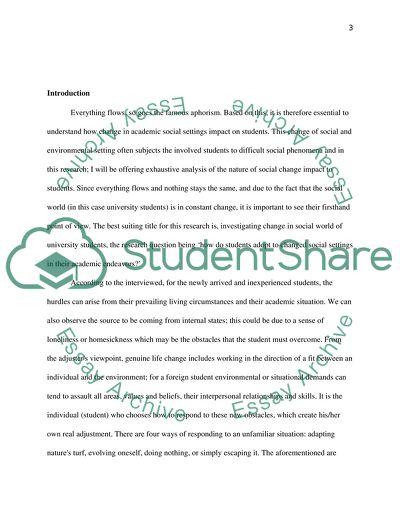Cite this document
(Social Environment for Foreign Students Report Example | Topics and Well Written Essays - 2000 words - 2, n.d.)
Social Environment for Foreign Students Report Example | Topics and Well Written Essays - 2000 words - 2. https://studentshare.org/sociology/1801051-qualitative-research-report
Social Environment for Foreign Students Report Example | Topics and Well Written Essays - 2000 words - 2. https://studentshare.org/sociology/1801051-qualitative-research-report
(Social Environment for Foreign Students Report Example | Topics and Well Written Essays - 2000 Words - 2)
Social Environment for Foreign Students Report Example | Topics and Well Written Essays - 2000 Words - 2. https://studentshare.org/sociology/1801051-qualitative-research-report.
Social Environment for Foreign Students Report Example | Topics and Well Written Essays - 2000 Words - 2. https://studentshare.org/sociology/1801051-qualitative-research-report.
“Social Environment for Foreign Students Report Example | Topics and Well Written Essays - 2000 Words - 2”. https://studentshare.org/sociology/1801051-qualitative-research-report.


